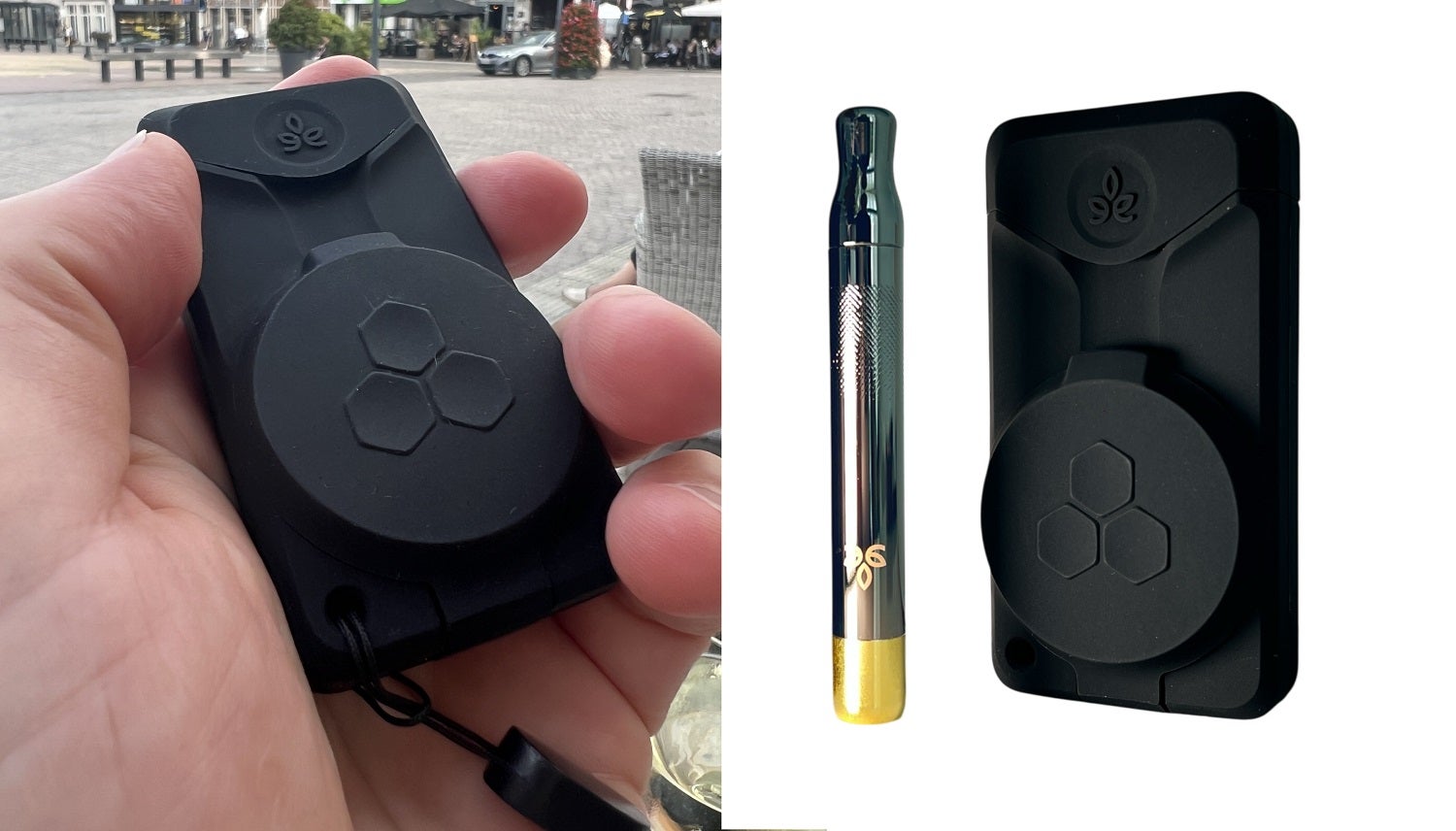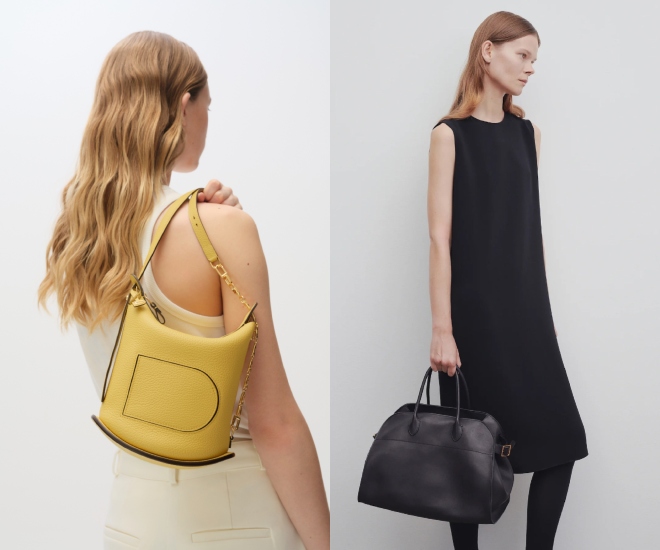
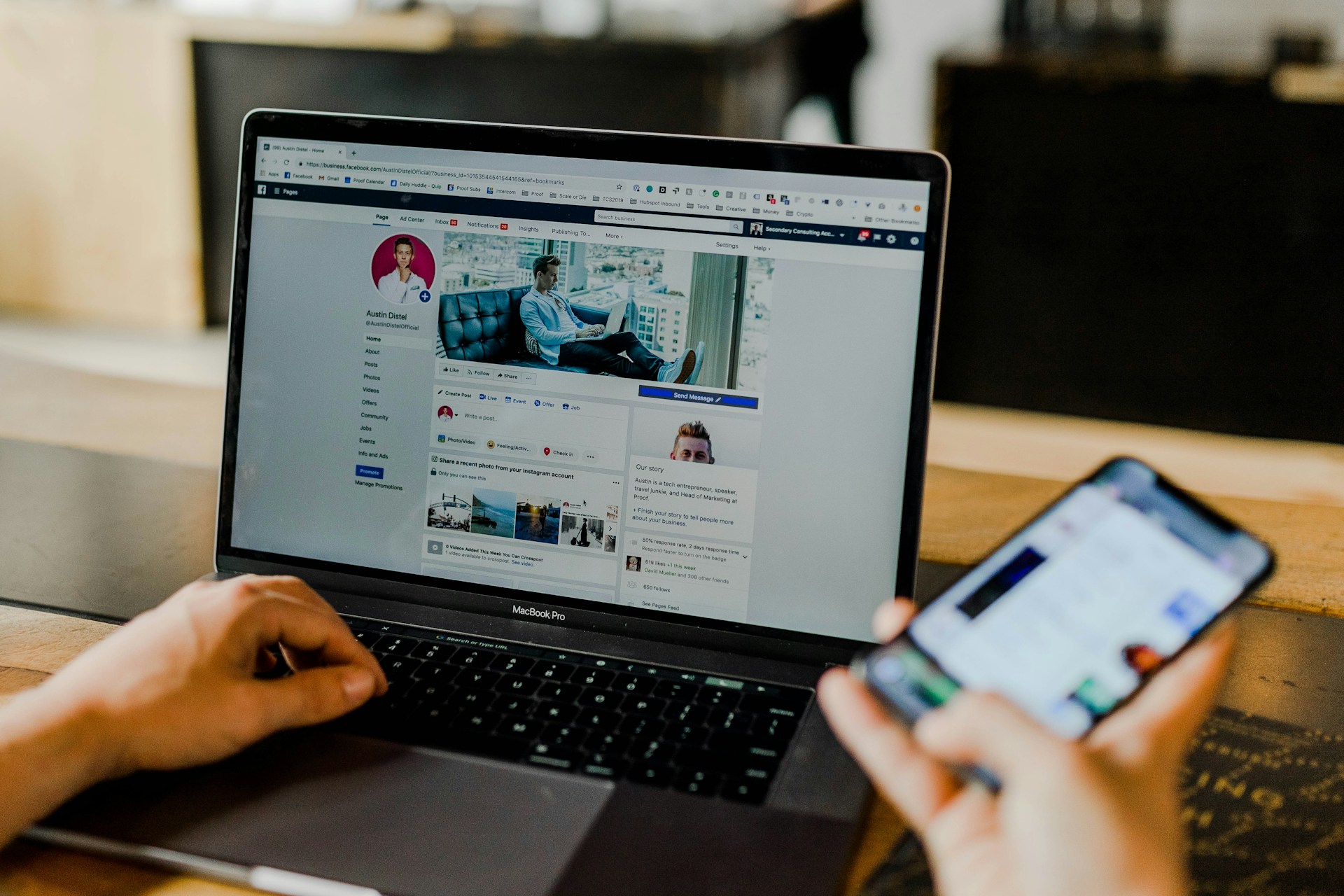
In today’s hyperconnected digital age, the option to “opt out” has become an indicator of privilege. To deliberately disconnect — whether as a celebrity, consumer or brand — is to signal a level of financial and emotional freedom that no longer seeks validation through visibility, but rather finds value in curated absence and controlled access.
In an era where online presence has become currency, the decision to withdraw is increasingly perceived as a mark of power. For celebrities and brands alike, absence from the digital noise projects confidence and authority — a refusal to compete in the attention economy. This has transformed digital detoxing from a wellness fad into a highly desirable form of cultural and business capital. Opting out is no longer about self-care alone; it signals autonomy and exclusivity over ostentatious displays of wealth.
Read More: How Social Media Algorithms Control Attention and Cause Addiction
The Commodification of Being Disconnected
The luxury sector has begun to cater to this appetite for silence. High-end wellness sanctuaries now market “silent retreats” and phone-free zones as part of their offering, from secluded camps in Asia to private estates in Europe where devices are banned. These environments promise a form of luxury that money alone cannot guarantee: uninterrupted presence. For wealthy consumers, the ability to disappear temporarily has become a rare indulgence — the ultimate escape from meetings, deadlines and the constant noise of hyperconnectivity.

There is truth to the appeal of digital detoxes, even if pop culture often mocks the trend. HBO’s White Lotus Season 3 took a satirical take on digital detoxes where wealthy travellers sought “authentic” escapes only to expose their own hypocrisies and dependence on technology. What might seem like a passing fad is grounded in a growing appetite for screen-free sanctuaries.

In the US, monasteries and retreat centres are reporting a surge in demand from overworked, digitally overstimulated visitors seeking silence and structure. Institutions like the Abbey of Gethsemani in Kentucky, Blue Cliff Monastery in New York and the Dharma Drum Retreat Center in upstate New York are booked months in advance, as city dwellers trade screens for solitude and mindfulness. Visitors stay in rustic hermitages, surrender phones at the door and follow strict silent routines, with even everyday actions such as walking, eating and sleeping treated as mindfulness exercises. The draw is not novelty but a deep craving for uninterrupted spiritual reprieve and mental clarity amid modern chaos.
Read More: Opinion: Why Australia’s Banning of Social Media for Those Under 16 is A Much-Needed Move
Global luxury home-rental platform Plum Guide reports a 17 percent rise in searches for unplugged or tech-lite properties, reflecting a growing demand for offline escapes. Supporting this trend, the 2025 Hilton Trends Report finds that 27 percent of adults planning holidays intend to reduce social media use during their trips. UK-based accommodation curation site “Cool Places” now lists 34 properties promoting digital detox stays, from eco-yurts to lakefront boathouses — with the number continuing to grow. These retreats span a wide range of locations, from remote Irish islands and Scandinavian-style cabins in rural Cheshire to the pre-Pyrenees in Catalonia and Buddhist temples in the Himalayas — offering travellers a diverse array of opportunities to disconnect.
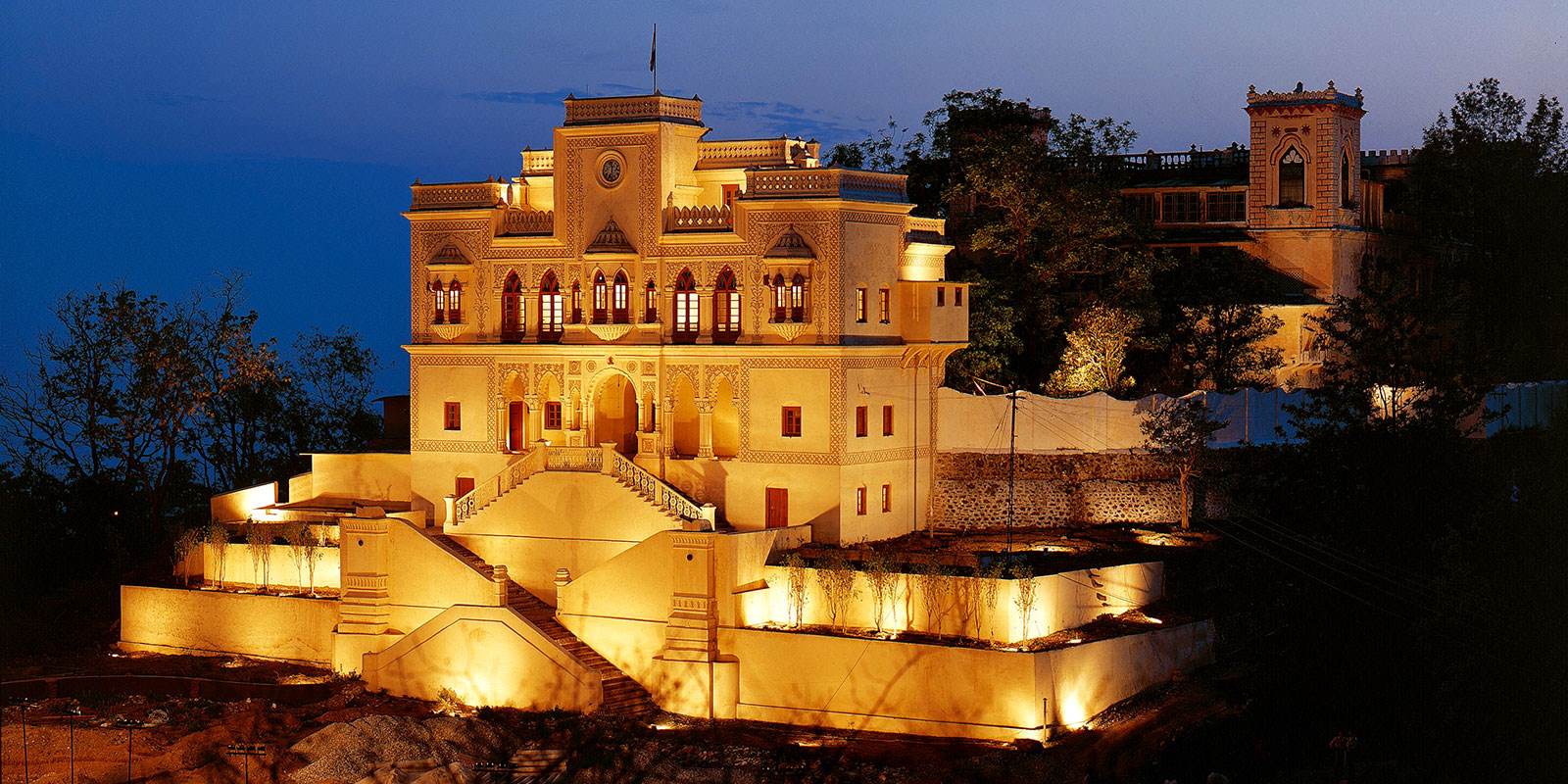
One example of a luxury spiritual retreat is the Ananda in the Himalayas, India. Dubbed as one of the world’s most renowned holistic wellness retreats, Ananda is a tranquil haven amidst the majestic Himalayan foothills of North India. Residing in the former Palace Estate of the Maharaja of Tehri-Garhwal, it sprawls across the 100-acre grounds, gardens and surrounding forests — boasting world-class wellness facilities and a chance to return to the peaceful solitude of nature.
Does Digital Silence Amplify Celebrity Prestige?
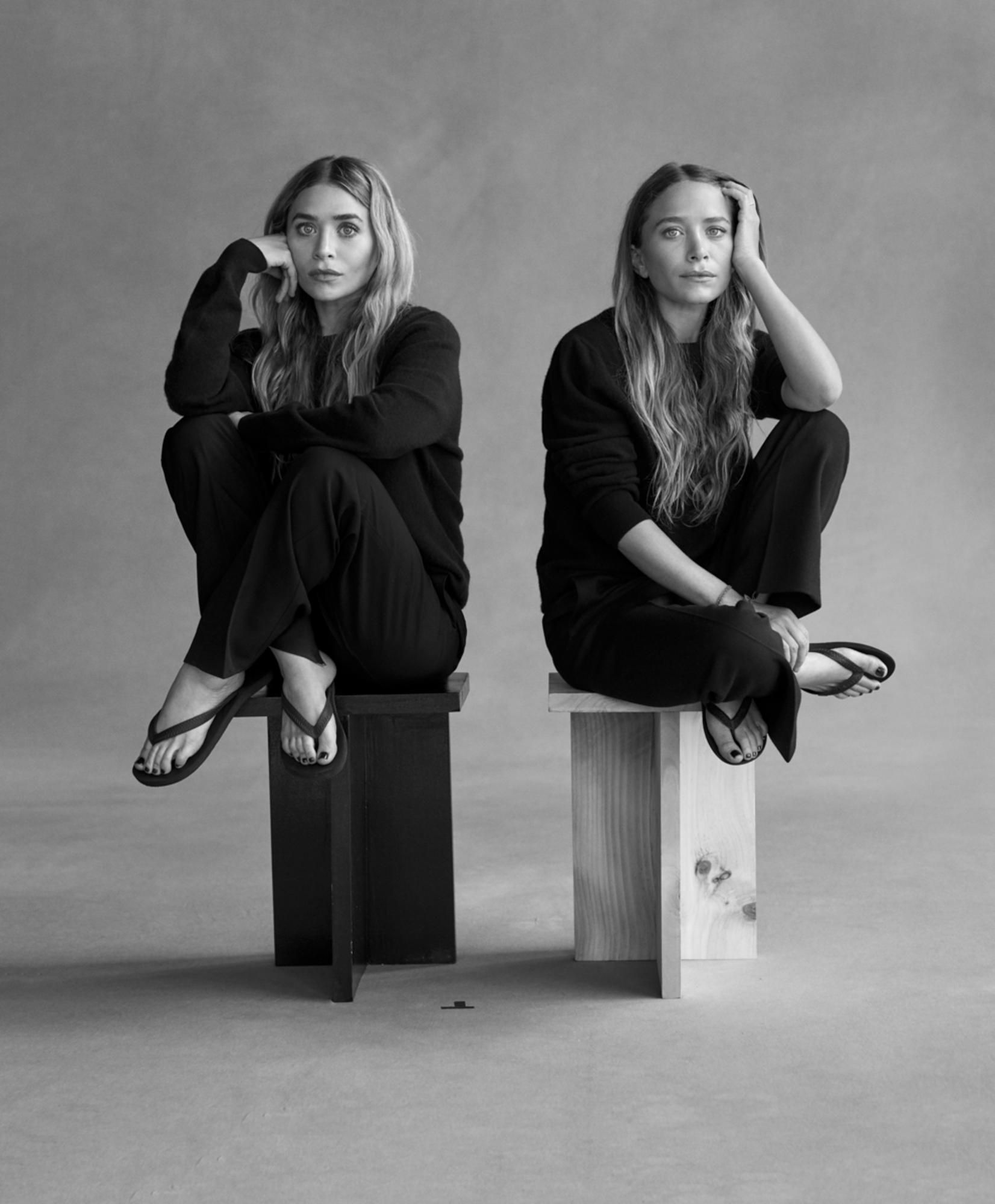
Celebrities have been among the most visible adopters of this philosophy. The likes of Mary-Kate and Ashley Olsen — who built The Row into one of fashion’s most revered luxury houses without maintaining a public social media presence — have demonstrated that silence can be a powerful branding tool. Others, including Zoë Kravitz, Frank Ocean, Timothée Chalamet, Phoebe Philo, Sofia Coppola and Angelina Jolie, have either avoided social media entirely or used it sparingly, cementing their status by cultivating mystique. Their absence not only protects personal privacy but also reinforces the scarcity principle — making their appearances more valuable when they do choose to engage.
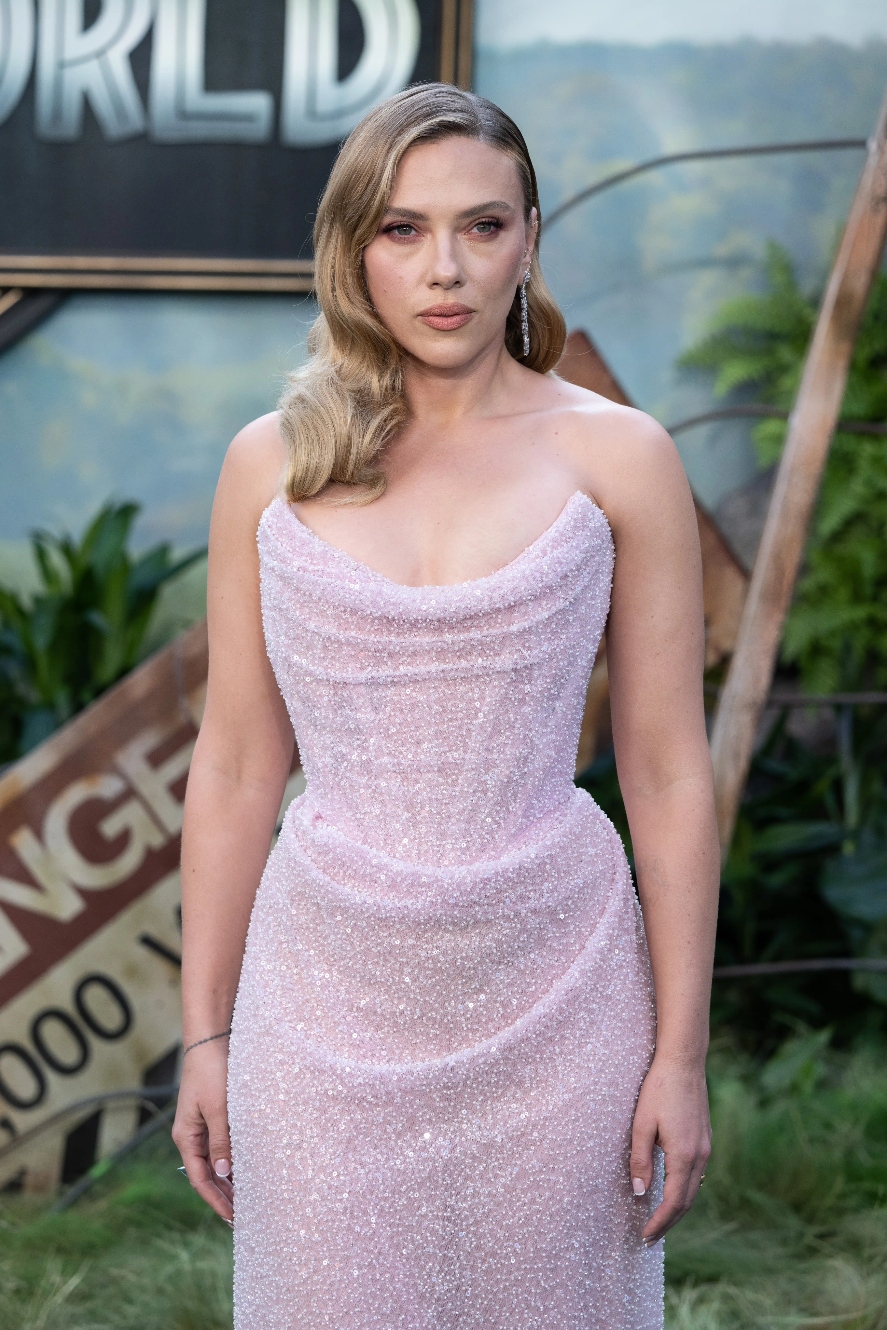
Keanu Reeves, Jennifer Lawrence, Scarlett Johansson, George Clooney, Daniel Radcliffe and Brad Pitt are all examples of A-list stars who are noticeably absent from social media, yet this does not stop them from maintaining influence. Their reasons vary, from not wanting to share every detail of their lives to simply not enjoying the platforms. Despite their absence from social media, these stars continue to command box-office appeal and on-screen presence, proving that in 2025, success and influence are not solely dictated by online visibility.
While social media can be a powerful tool for engaging with fans and promoting projects, celebrity activity online is now scrutinised more closely than ever. Public discourse around political issues — or the lack thereof — can provoke backlash and even boycotts. A case in point is Gal Gadot, who faced criticism after attributing the financial failure of Snow White to her ties to Israel and the IDF amidst ongoing atrocities in Palestine.
The Power of Fashion’s Silent Treatment

One of the most striking brand refreshes in fashion is the “digital wipe,” where brands erase all content from social media channels to signal a clean slate. Balenciaga did just that in 2021, when the Maison’s Instagram, Facebook and Twitter feeds were suddenly stripped bare. The timing was no coincidence. The wipe came on the eve of Paris Haute Couture Week, where Balenciaga staged its first high-fashion collection in more than five decades. By clearing its digital presence, the brand heightened anticipation, placing full focus on Demna Gvasalia’s historic return to couture.
Read More: Balenciaga Wipes its Social Media Accounts
This kind of calculated disappearance has become a playbook move across luxury fashion. Earlier that year, Bottega Veneta deleted its entire Instagram account, turning scarcity into desirability. Jean Paul Gaultier also rebooted its feed ahead of couture season, aligning digital silence with creative rebirth. In each case, the message was clear: absence — when timed well — can be more powerful than constant noise. For brands looking to pivot their image, a social media wipe offers control over narrative in an attention-saturated market.
With the rise of quiet luxury, today’s luxury fashion industry mirrors this trend. While some brands embrace constant posting, others have built prestige precisely by resisting the pull of digital overexposure.
No Socials
Brands like The Row and Bottega Veneta (notably deleting its Instagram at the height of its popularity) demonstrate that deliberate invisibility can drive desirability. Their exclusivity is reinforced by what they choose not to share. In January 2021, Bottega Veneta deleted its Instagram, Facebook and Twitter accounts, a move that garnered significant attention in the fashion industry. This strategy is often referred to as “no-marketing marketing”. The use of traditional marketing and limited engagement with digital platforms builds an ethos of quality over quantity, alluding to the credibility to the brand in allowing their product to speak for itself — strengthening a brand’s reputation and identity. Brands like the Olsen twins’ The Row and Berluti execute this to their advantage, in The Row’s prohibition of social media are runway shows and their low digital presence. Given that digital media is very much the go-to for most brands, pivoting away from this norm creates buzz and an aura of exclusivity, as they are not perceived to be marketing to the mass market.
Read More: Is Digital Marketing Really Necessary In Fashion?
Minimal Socials
Luxury Houses such as Hermès, Berluti and Delvaux adopt a restrained approach. Their online presence exists, but it is far from over-reliant — focusing instead on physical experiences and long-term craftsmanship. Hermès adopts a restrained approach to social media, focusing on storytelling and brand experience rather than aggressive marketing. Maison Goyard, on the other hand, maintains a minimal digital footprint — deliberately avoiding advertising, online sales and media attention. This approach fosters an aura of exclusivity and rarity, relying on word-of-mouth and the mystique woven into its brand identity. Their curated digital content emphasises Maison craftsmanship and heritage, maintaining exclusivity while engaging with their exclusive clientele.
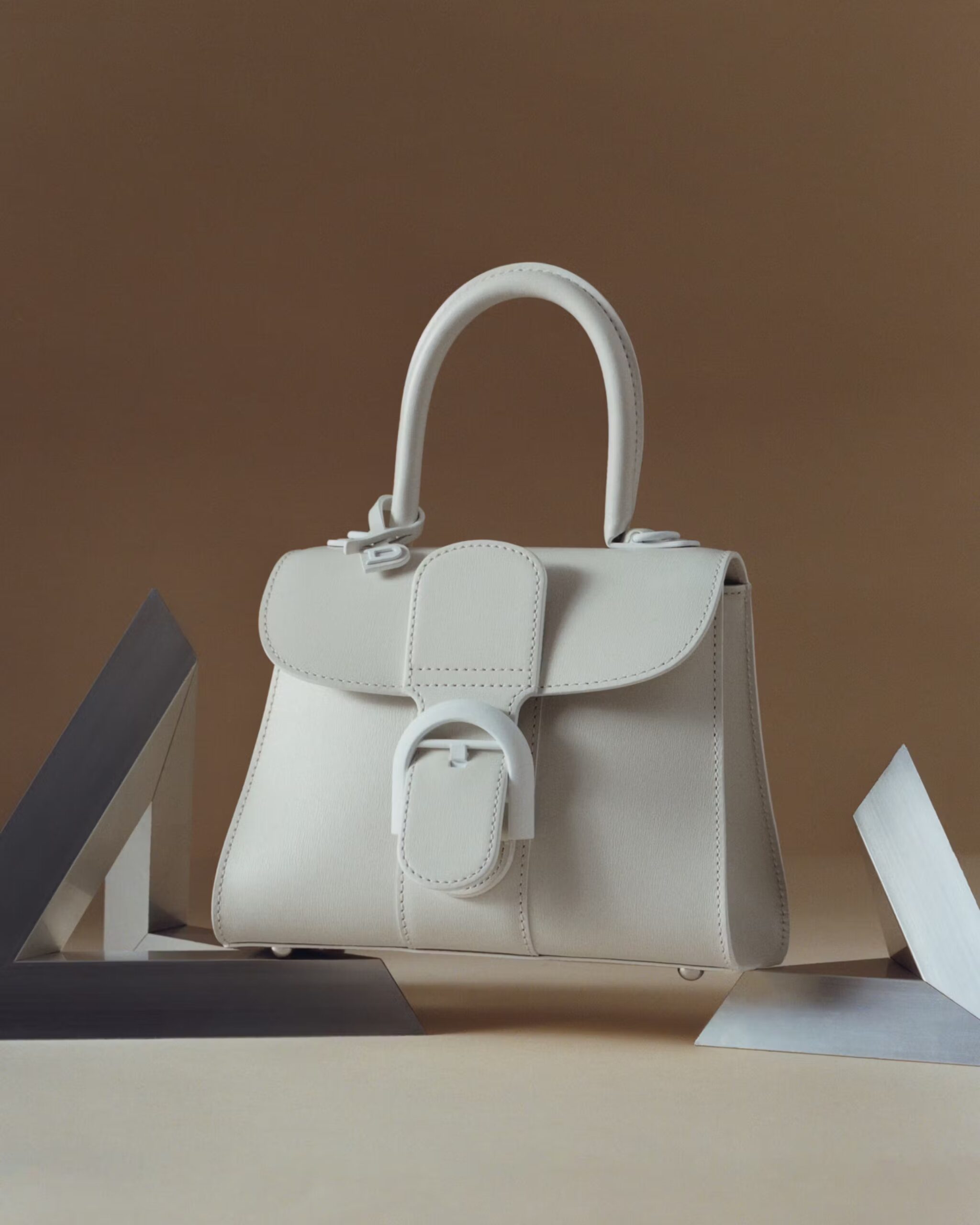
Brands like Loro Piana, Chloé and Celine invest in experiences that reinforce their identity offline, ensuring relevance through physical activations, flagship spaces and direct client relationships rather than digital dominance.

The Currency of Disconnection
What unites these brands and personalities is an understanding that in the modern luxury landscape, silence speaks volumes. By choosing not to compete for likes and clicks, they cultivate authority and intrigue. This deliberate detachment signals financial security, since constant online engagement is often seen as a necessity for growth and visibility. It also signals emotional freedom, suggesting a brand or individual does not need to chase validation.
Read More: Opinion: How British Media Negatively Amplified Groupthink
Digital detoxing has thus transcended wellness into status. In a world where hyperconnectivity is the default, opting out has become the ultimate luxury — a total recalibration of how influence and desirability are measured. For brands and celebrities alike, absence may well be the most powerful presence of all.
For more on the latest in luxury fashion and style reads, click here.
